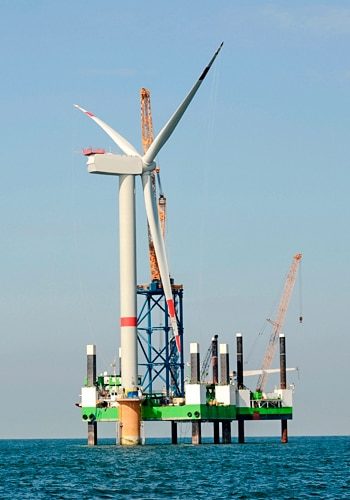ON THE PATH TO CARBON NEUTRALITY: OUR SUSTAINABILITY GOALS
As a family-owned business deeply connected to the people in our region, cross-generational responsibility is in our DNA. This is why we are committed to ensuring the highest levels of operational safety, effective environmental, water, and climate protection, as well as the development of sustainable and eco-friendly processes and technologies. We aim to contribute to making the world safer and improving people’s quality of life in a sustainable way. To achieve this, we have set ambitious goals: By 2030 at the latest, we aim to reduce our own carbon footprint and produce 100% carbon-neutral.
In 2022, we developed our transformation strategy “WHW 25+” from which concrete projects have already emerged and initial successes have been achieved. Together with our dedicated employees, we are working tirelessly to make further progress on the path to carbon neutrality.

OUR ACTIONS HERE HAVE GLOBAL IMPACT
Our sustainability projects are aligned with the Sustainable Development Goals (SDGs), the global sustainability targets adopted by the United Nations in the 2030 Agenda in 2015. WHW Hillebrand focuses on the following SDGs, for which we have defined mandatory key performance indicators:
THE FOLLOWING SDGS ARE OUR FOCUS:
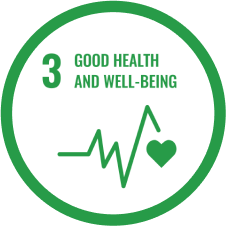
Strategy, value creation & products, environment, employees and safety

Strategy and environment
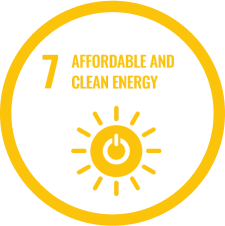
Value chain & products
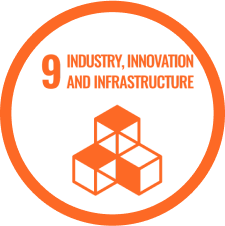
Value chain & products
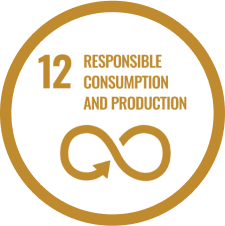
Governance & compliance, strategy, environment, value chain & products, safety
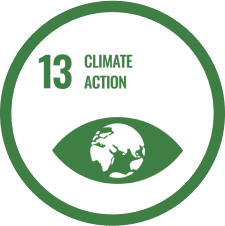
Governance & compliance, strategy, value chain & products, environment, employees and safety
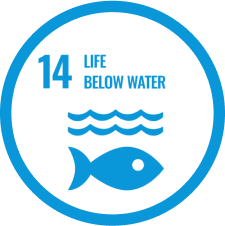
Environment
WHW OFFENSIVE ZERO EMISSION:
OUR ROADMAP TO A SUSTAINABLE FUTURE
To activate the optimal power for our environmental and climate activities, we established a new responsible department in 2022: Our CSR department (Corporate Social Responsibility) is fully focused on legal compliance, environmental protection, sustainability, as well as energy and resource efficiency.
Since 2010, each of our sites has been regularly audited and certified according to the environmental standard DIN EN ISO 14001. An energy management system according to ISO 50001 has been in place since 2018.
Since 2020, we have been accounting for our CO2 emissions according to the internationally recognized Greenhouse Gas Protocol (GHG) standard:
Scope 1 accounts for the direct release of greenhouse gases from the company
Scope 2 considers indirect emissions from purchased energy that the company receives from outside sources or is introduced in another way, primarily electricity
Scope 3 includes all other indirect emissions arising from upstream (e.g., purchased raw materials and goods, logistics) and downstream (e.g., sold products, logistics) activities within the company’s value chain
Currently, WHW is accounting for Scopes 1 and 2. Starting in 2025, we will also fully account for emissions from Scope 3.

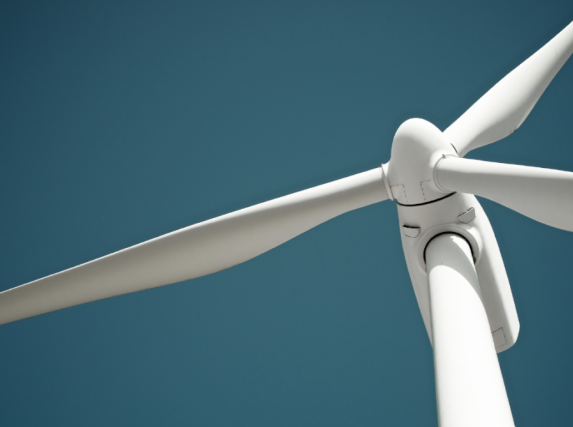
STRONG FOUNDATION:
OUR EMPLOYEES ARE FULLY ENGAGED
A key factor for consistent environmental and climate protection is the people. In our sustainability strategy, we therefore actively involve our employees. Through various communication and information measures, we raise awareness and train our workforce on sustainable behavior in the workplace. The motivation of our employees is high, as demonstrated by the many ideas and initiatives brought forward by the employees themselves for sustainable improvements.
RESOURCE EFFICIENCY IN FOCUS: THE FOUR PILLARS OF CLIMATE NEUTRALITY
In 2023, we allocated approximately 20% of our total investment budget to projects aimed at more efficient energy and resource use. To save electrical and thermal energy, we continuously assess and enhance our processes, technologies, and procedures. For example, by using certain products, we can significantly lower process temperatures, leading to a substantial reduction in thermal energy consumption.
A major focus for us is further replacing fossil energy sources. We invest in photovoltaic systems wherever possible and sensible. Additionally, WHW is a leading member of the nationally funded HyStarter project in the Soest district. This initiative explores regional options to completely replace fossil energy carriers with renewable energy sources such as photovoltaics, wind, and hydrogen, while also storing surplus energy through Power-to-X processes.
We are working intensively to optimize our resource use in order to consume less electricity, gas, and water, as well as to use heating and cooling energy more efficiently. As we work with chemicals, a central concern for us is to reduce the use of chemicals across the board and to make their application more environmentally friendly and sustainable.
In 2023, WHW Hillebrand allocated approximately 20% of the total investment budget to projects aimed at more efficient use of energy and resources. Investments were made in modern and energy-efficient process technology, as well as in an intelligent process heat network. Additionally, processes are being re-evaluated and designed with a focus on a consistent circular economy.
With numerous and differentiated measures, we ensure that we increasingly avoid waste and wastewater, while efficiently disposing of unavoidable residues.
Through Circular Design, we aim for a consistent circular flow of our resources, such as in the utilization of process water.
Measures to reduce CO2 emissions are of absolute priority. However, for the residual CO2 emissions that are still unavoidable for now, we compensate by supporting certified environmental and climate protection projects.
SHARED RESPONSIBILITY – SHARED SUCCESS:
We rely on sustainable partnerships.
As a manufacturing company and service provider, we are part of a supply chain that connects us with our suppliers, business partners, and customers. Together, we share responsibility for the environment and our climate, and we each contribute our part to this effort.
When working with our suppliers, we place value on them maintaining an environmental management system in accordance with DIN EN ISO 14001 or actively working on implementing one. In our supplier evaluations, we also take into account whether a systematic energy management system according to DIN EN ISO 50001 is in place.
In our collaboration with suppliers, it is important to us that they, like us:
- ein dokumentiertes Umweltmanagementsystem einsetzen,
- Comply with all environmental laws, regulations, and applicable directives,,
- Ensure that future changes are acknowledged and considered,
- Identify and document the environmental aspects and impacts of their activities, measure significant aspects, and derive measurable improvement processes from them,
- Train and educate their employees on environmental topics, and consider environmental and climate protection in research and development, new products, process planning, and production.
